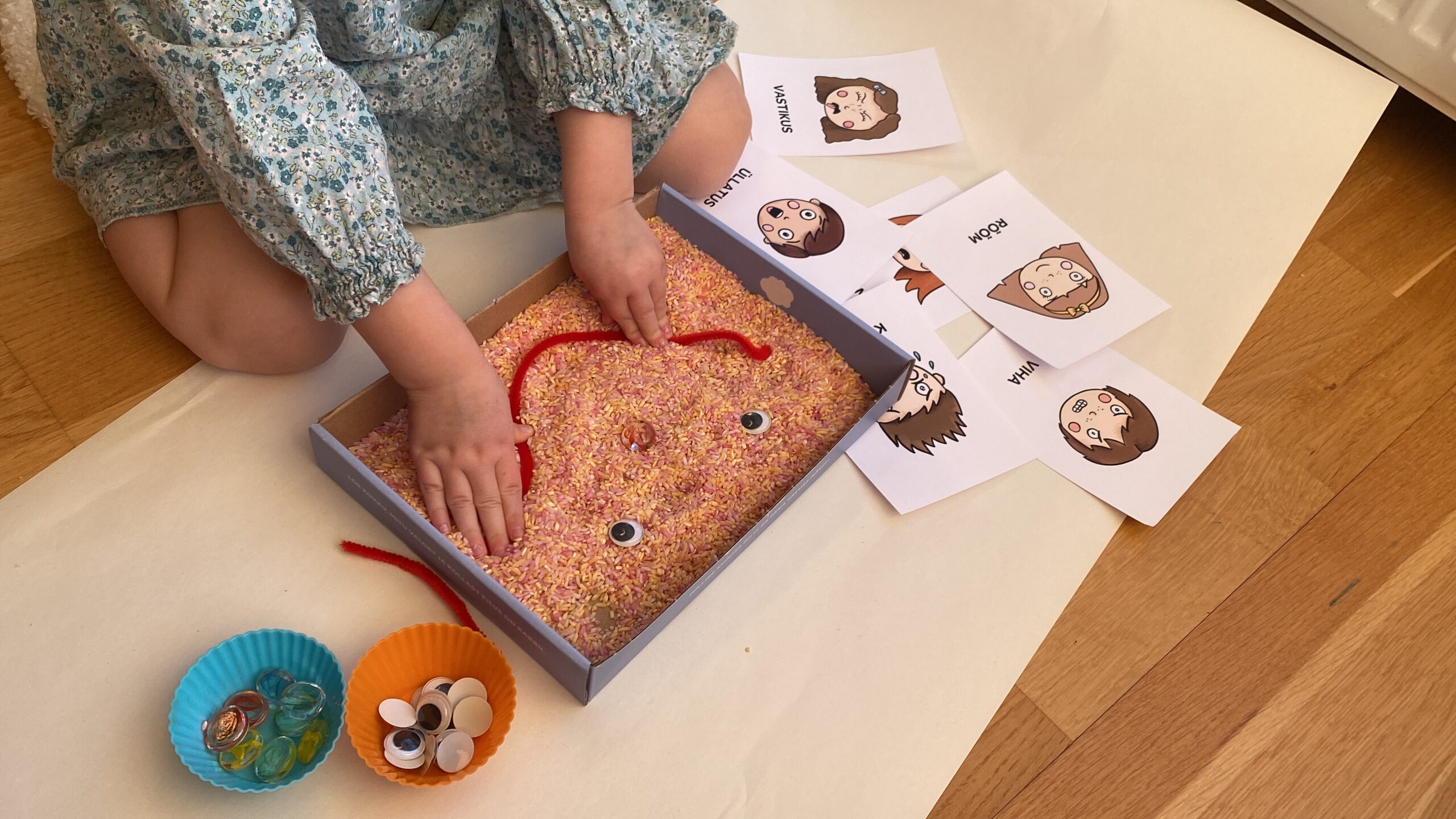5 tips on how to raise a child to be emotionally intelligent
Imagine, how do you see your child in the future? What will they look like and how will they speak? What will they be doing? What will they know, be able to do, and enjoy? Surely, we all want our children to be successful and happy in the future, to live in peace and in a well-functioning society. Many scientific studies in recent years show that self-management (self-regulation) is one of the key skills for our children’s future. A large part of self-management, in turn, is managing emotions. Simply put, it determines how much we know about our emotions, how well we understand our own and others’ emotions, and how we cope with negative emotions affects how happy and successful we are in our lives. And to invest in a child’s future, you don’t have to wait long! You need to start from early childhood. We have put together five simple tips. By consistently and consciously following them, you support the emotional development of the child.
5 simple tips to support child’s emotional development:
- Use pictures and real-life examples. Emotions are part of our lives. They are everywhere: in kindergarten, on playgrounds, at home, visiting friends… Children see and feel different emotions even when watching cartoons, reading, or playing. Take advantage of these opportunities. Consciously engage in drawing your child’s attention to their feelings. Name the emotion and explain where or why it came from. Use a lot of visual material if you want the child to remember the names of the emotions and be able to relate them to their everyday life. Remember that children find it easier to identify with pictures.
- Play and craft. A child learns primarily through games and active activities. The younger the child, the more play should be used for learning. Dolls, cars, robots, stuffed animals – use them to show the child what emotions are and in what situations they arise. Let the dolls argue or be sad because they have no friends. Role-play coping with emotions. Look in the mirror together and show different emotions, discuss whether your facial expressions are similar. Drawing, coloring, and other artistic activities are also a good way to teach children about emotions. Let the child choose colors for emotions, draw different moods and facial expressions, mold them, cut and paste pictures of emotions from newspapers. Active activity stimulates the child’s neurons.
- Accept all your and the child’s emotions. All emotions are allowed. However, it is important to understand that not all behavior is accepted. Be aware of your and the child’s emotions and explain what is a safe and acceptable behavior in a bad situation. Yes, we can all get angry with children, and they can get angry with us too, but our disappointment or anger should always be expressed safely. We can all be anxious, scared, or tired sometimes, but this emotion should not interfere with our lives. Awareness of your and the child’s emotions gives a great advantage in dealing with emotions in a safe way.
- Discuss. According to the child’s emotional development, adult support and joint discussion are very important. It is possible to discuss feelings with kindergarten children and involve them in the discussion. Simply use language that the child understands and reflections so that the child learns emotional vocabulary. Think and discuss with the child where the feelings come from, what feelings exist, and how many different feelings there are around us.
- Be an example. A child learns a lot from parents subconsciously. Be an example to the child! Show the child that you see and care about their feelings, understand them, and do not belittle the child’s emotions. Dare to show the child your own negative feelings and be an example in dealing with them.
Väike Päike Children’s Club together with psychologist Olga Luptova and artist Kadri Võsumäe have also published an activity book „Harald’s and Freia’s adventures in the world of emotions“ designed for learning emotions. Through this, you can also learn with your child at home about six basic emotions, discuss real-life emotional situations, and learn about different coping strategies with emotions.

